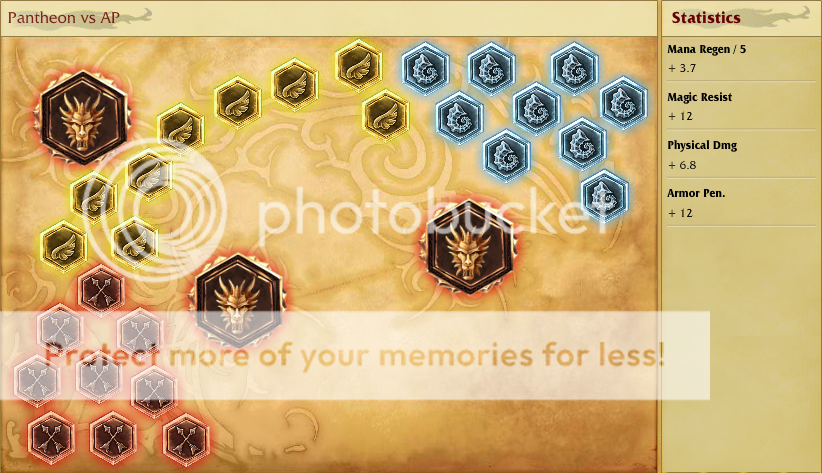

The second clan of gods mentioned in Norse mythology is the Vanir: The god Njörðr and his children, Freyr and Freyja, are the most prominent Vanir gods who join the Æsir as hostages after a war between Æsir and Vanir. The names of the first three Æsir in Norse mythology, Vili, Vé and Odin all refer to spiritual or mental state, vili to conscious will or desire, vé to the sacred or numinous and óðr to the manic or ecstatic.

While other cultures have had "elder" and "younger" families of gods, as with the Titans versus the Olympians of ancient Greece, the Æsir and Vanir are portrayed in myth as contemporaries: The two clans of gods fought battles, concluded treaties, exchanged hostages (Freyr and Freyja are mentioned as hostages), and intermarried.Īn áss like Ullr is almost unknown in the myths, but his name is seen in a lot of geographical names, especially in Sweden, and may also appear on the 3rd century Thorsberg chape, suggesting that his cult was widespread in prehistoric times. The interaction between the Æsir and the Vanir has provoked a considerable amount of scholarly theory and speculation. Hittite hass- "to procreate, give birth", Tocharian B ās- "to produce"). It is widely accepted that this word is further related to * h₂ens- "to engender" (cf. Avestan aŋhū "lord lifetime", ahura "godhood", Sanskrit ásu "life force", ásura "demons" ( * h₂n̥suró). * ansuz, itself comes from Proto-Indo-European * h₂énsus (gen. The ansuz rune, ⟨ ᚫ⟩, was named after the Æsir. The reconstructed Proto-Germanic form is * ansuz (plural * ansiwiz). Gothic has ans- as reported by Jordanes, who wrote in the 6th century CE, presumably a Latinized form of actual plural * anseis), as a name for euhemerized semi-divine early Gothic rulers. The Old High German is reconstructed as * ans, plural * ensî. In Old High German, Old Dutch and Old Saxon, the word is only attested in personal and place names, e.g. Osborne, Oswald) and place-names, and as the genitive plural ēsa. Ĭognate forms of áss are found in other Germanic languages, such as Old English ōs ( ᚩ) (plural ēse), denoting a deity in Anglo-Saxon paganism, preserved as a prefix Ōs- in personal names (e.g. The feminine form is ásynja (plural ásynjur). (the form åsekia attested as late as the 17th c.). Ás-brú "gods' bridge" (the rainbow), ás-garðr "gods' enclosure", ás-kunnigr "gods' kin", ás-liðar "gods' leader", ás-mogin "gods' might" (especially of Thor), ás-móðr "divine wrath" etc. in Ása-Þórr ("Thor of the Æsir"), besides ás- found in In genitival compounds, it takes the form ása-, e.g. That Thor caused lightning and thunder was still a living tradition in the countryside when compulsory education started teaching what was known from the Eddas. The modern Swedish word for atmospheric thunder - åska - "the god's ride" - retains the name.


 0 kommentar(er)
0 kommentar(er)
